( LIONS ARE THE ONLY FELINE THAT ARE TRULY SOCIAL, LIVING IN PRIDES AND COALITIONS)

BY DR. RAVINDER PALL SAINI,
INDIAN FOREST SERVICE ( RETIRED)
MEMBER, BOARD OF ADMININISTRATION
FOREST RESEARCH UNIVERSITY,
DEHRADUN.
DEHRADUN, 10 AUGUST 2023:

Theme: “Vow to protect lions”.
Lions are natural predators that are necessary to keep ecological balance of prey populations in check. Apart from such environmental benefits, lions are extremely beautiful and majestic animals that have ruled the pop culture scene for a long time. So, let us endeavour to be there for them.
In India Four Asiatic Lions are present in our esteemed National Emblem.
“I am not afraid of an army of lions led by a sheep; I am afraid of an army of sheep led by a lion”. ~~~~Alexander the Great.
Magnificent Animal –
World Lion Day is observed every year on August 10 to raise awareness about the conservation of lions. The lion is an endangered species on the IUCN Red List. The 5 biggest cats are found mostly in India, including the Royal Bengal Tiger, Indian leopard, Clouded Leopard, and Snow leopard. India is also recorded as the highest lion population with an increase of 29 percent from 2015 to 2021. Lions maintain the ecological balance and ensure the protection of natural forests and help in the conservation of biodiversity.
Lion Day aims to raise awareness of the majestic hunter, the ultimate feline, the king of the jungle, the big fluffy kitty of the Serengeti, Gir in India. We should have left it at ‘king of the jungle’.
August 10th is a day for people to come together from across the world to pay tribute to the mighty lion in as many ways as possible. Though a fun and exciting occasion for all, its foundations are based in a very serious matter: lion numbers have dramatically declined to the point where the species needs to be placed on the endangered list, just like its larger cousin the tiger.
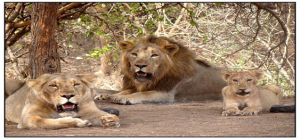
Save And Help in Lion Conservation too with same zeal as we do for Tiger. Species needs to be placed on the endangered list, just like its larger cousin the Tiger.
Lions – with the scientific name Panthera leo – are the second-largest cat in the world, just behind the Asian tiger. These immense creatures, weighing between 300 and 550 pounds, have sparked the popular imagination for centuries, inspiring awe through their speed and muscular power.
Three million years ago, lions roamed all over Africa and the Eurasian supercontinent. But today, various ice ages and changes in the natural environment means that their range is reduced primarily to Africa and select parts of Asia.
According to the International Union for the Conservation of Nature, lions are a “vulnerable” species, meaning that their numbers could and should be higher. Currently, researchers estimate that there are between 30,000 and 100,000 lions left on planet Earth. Without significant intervention, there is a chance that they could find themselves on the endangered list alongside other species most at risk of extinction.
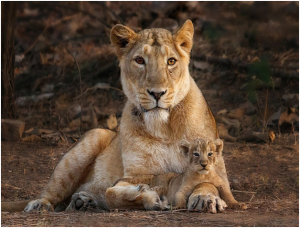
History of World Lion Day:
Big Cat Rescue, the world’s biggest recognised refuge dedicated to big cats, founded this celebration of the animal kingdom’s most beautiful and fearsome beast. On August 10th, people from all around the world will gather to pay tribute to the majestic lion in as many ways as possible.
Dereck and Beverly Joubert, a husband-and-wife pair with a penchant for large cats, created World Lion Day. They launched the programme in 2013, bringing together National Geographic and the Big Cat programme under a single banner to protect the last wild big cats.
Lions roamed all over Africa and the Eurasian supercontinent three million years ago. However, due to ice ages and changes in the natural environment, their range is now mostly limited to Africa and a few parts of Asia.
Lions are a “vulnerable” species, which means their numbers might and should be greater, according to the International Union for Conservation of Nature. Researchers currently believe that there are between 30,000 and 100,000 lions left on the earth.
Without considerable intervention, they may wind up on the endangered species list among other species most at risk of extinction.
The threats to lions are all too real. They are threatened by both the growing popularity of “trophy hunting” and human invasion into their ancestral wildlands. With each passing year, they become increasingly vulnerable due to food shortages and hunting tourism.
The lion population has dropped by half in the previous four decades.
Significance of World Lion Day 2023:
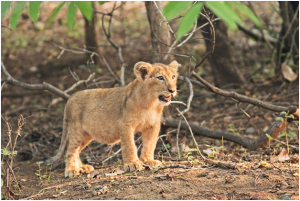
World Lion Day raises awareness about this animal species and the threats it faces. Here are some of the reasons why this day is so important:
Cultural Importance – Lions play a vital role in the history and culture of our country and others. In fact, this incredible species is depicted on all four sides of the Indian national insignia.
Extinction Risk – Lions are already a fragile species, and we must take precautions to save them from becoming extinct.
Abuse and Trade – Unfortunately, lion trade and abuse are widespread across the world. Lion Day raises awareness about this threat and asks international leaders to take proper action.
Important Facts on Lion:
Weighing up to 500 pounds and growing up to 10 ft long, lion is the second-largest member of the cat family after the tiger.
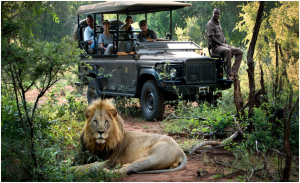
They can vocalize right after their birth but cannot roar until they are about one year old, and their roar can be heard up to 5 miles away.
They are the only cats that regularly live in social groups and their groups are called prides. The size of a typical pride is usually between 10 to 15 animals, but it can vary between 2 to 40 members.
The male lions of Tsavo, Kenya are maneless.
While running they can attain a top speed of 81 km/h.
In a pride, females do most of the hunting and cub rearing and males defend the pride territory.
While females live with the pride for life, males usually leave the pride when they are a few years old.
Although lions consume about 20 pounds of meat a day, some are capable of devouring nearly 100 pounds a day.
Many females give birth at the same time in a pride, so the cubs nurse from other females as well.
Skin spots are common in cubs: young lion cubs are born with spots on their coats, which vanish as they grow older.
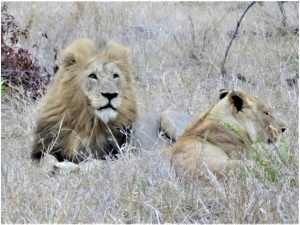
Manes evolve over time: As a lion grows older, its mane will change colour, going from light to dark.
Cubs are raised in groups: Lion cubs are often raised in pride by all the females.
Females are more powerful hunters: Lionesses are superior hunters to their male counterparts, and as a result, they hunt 80% to 90% of the time.
Long and heavy sleepers: Lions sleep at least 20 hours every day.
Lions are voracious eaters: They may consume up to 40kg of meat each day, which is roughly a fourth of their overall weight.
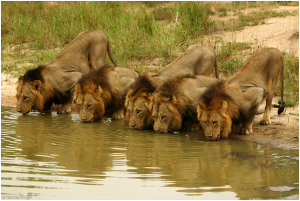
They have a sharp point on their tongue: They have papillae, which are sharply pointed rasps on their tongue. They’re used to scrape the meat from the bones.
Lions are extremely adaptive; They can survive in harsh environments such as the Kalahari Desert. They receive much of their water from prey and from plants like the Tsamma melon.
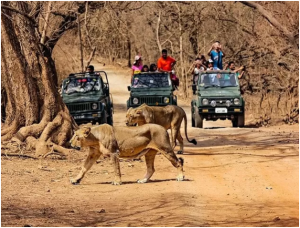
Lions in India:
Gir National Park is the only place in the world outside Africa where a lion can be seen in its natural habitat. The lions of Gir are a majestic animal, averaging 2.75 metres in length, and with a bigger tail tassel, bushier elbow tufts and prominent belly folds than his African cousin which has larger mane. Gir is a home to 40 species of mammals and 425 species of birds.
We all know, Gir is the only natural habitat of world popular Asiatic Lions. Where our tailor made Gir Wildlife Tour Package gives you an unparalleled opportunity to watch those rare Asiatic Lions coupled with thousands of other elusive wild animals and hard- to-find birds like uncommon Asiatic wild ass, hyenas, Gir foxes, pygmy woodpecker, brown fish owl and black buck etc.
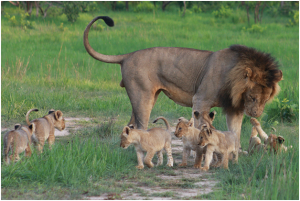
Besides Africa, Gir National Park in Gujarat is the only place in the world where you can spot lions roaming free in the wild. The real discovery channel of India is situated approximately 65 Kms Southeast of Junagarh District. The Government notified the large geographical extent of Sasan Gir as wildlife sanctuary on 18th September 1965 to conserve the Asiatic Lion. It covers total area of 1412 square kilometres of which 258 Km forms the core area of the National Park. Indiscriminate hunting by the people of Junagarh led to their decrease in population drastically, while they were completely wiped out from the other parts of Asia. It was the kind effort of Nawabs of Junagarh who protected the queen royalty in his own private hunting grounds. Later in due course of time Department of Forest Officials came forward to protect the world’s most threatened species. From a population of approximately 20 lions in 1913, they have risen to a comfortable 523 according to 2015 census. There are 106 male, 201 female and 213 sub-adult lions in the wilderness of these four districts.
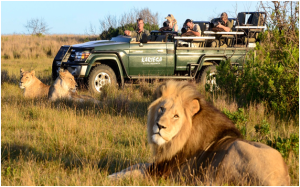
“The one excellent thing that can be learned from a lion is that whatever a man intends doing should be done by him with a whole-hearted and strenuous effort”.~~~~~Chanakya

Advertisement:


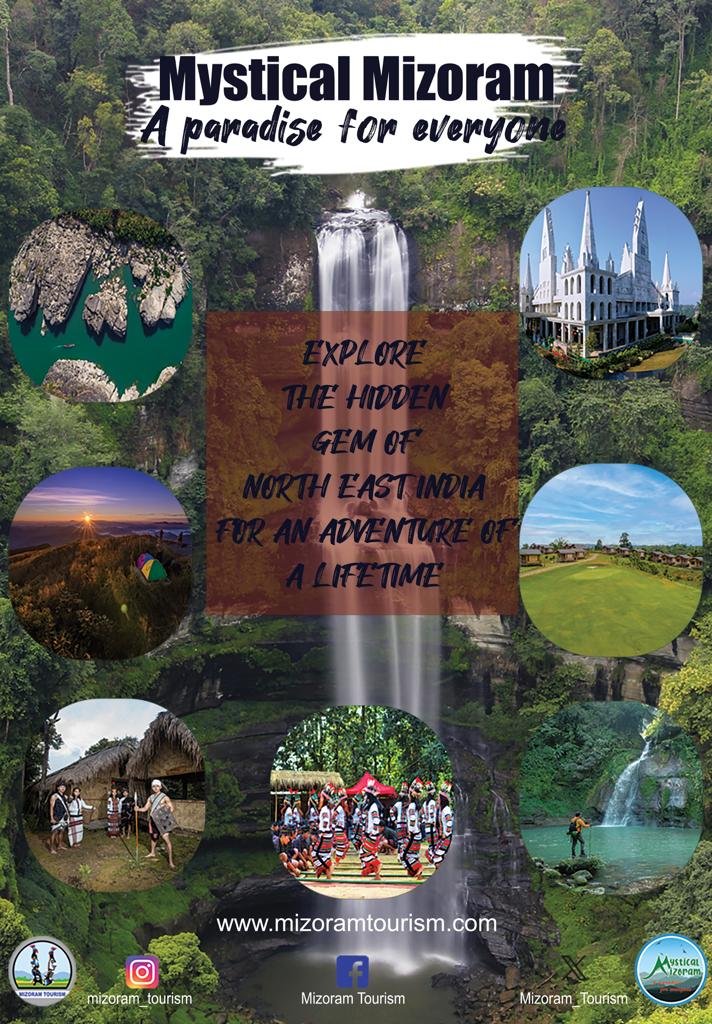

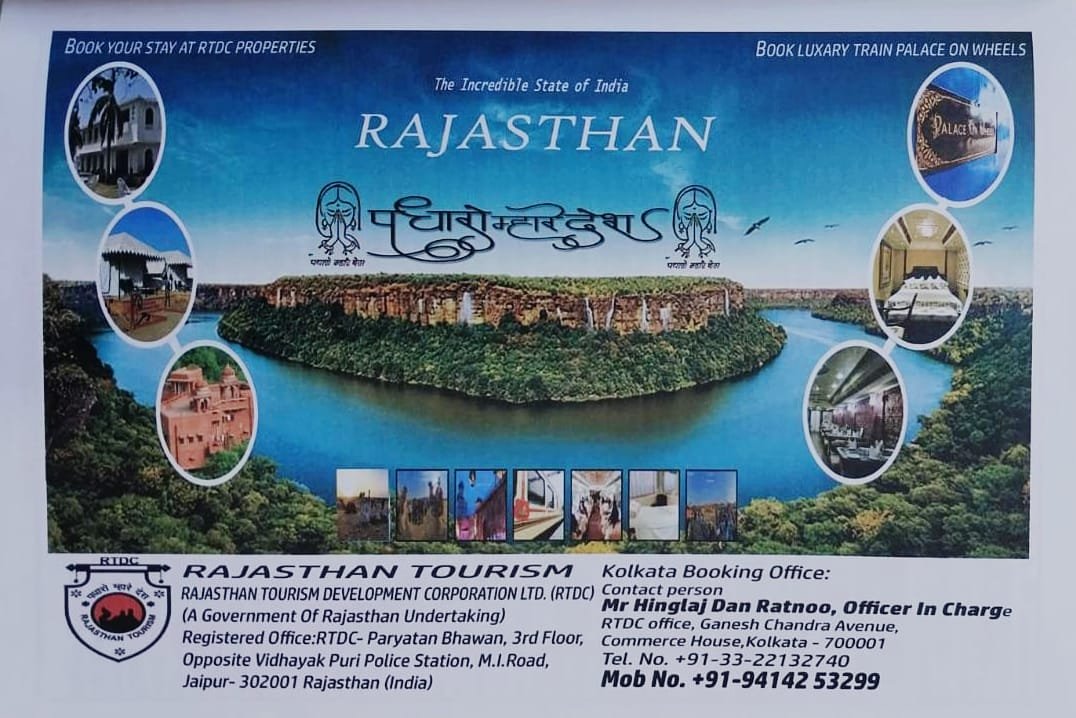















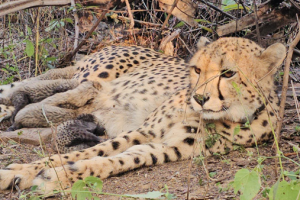









Add Comment